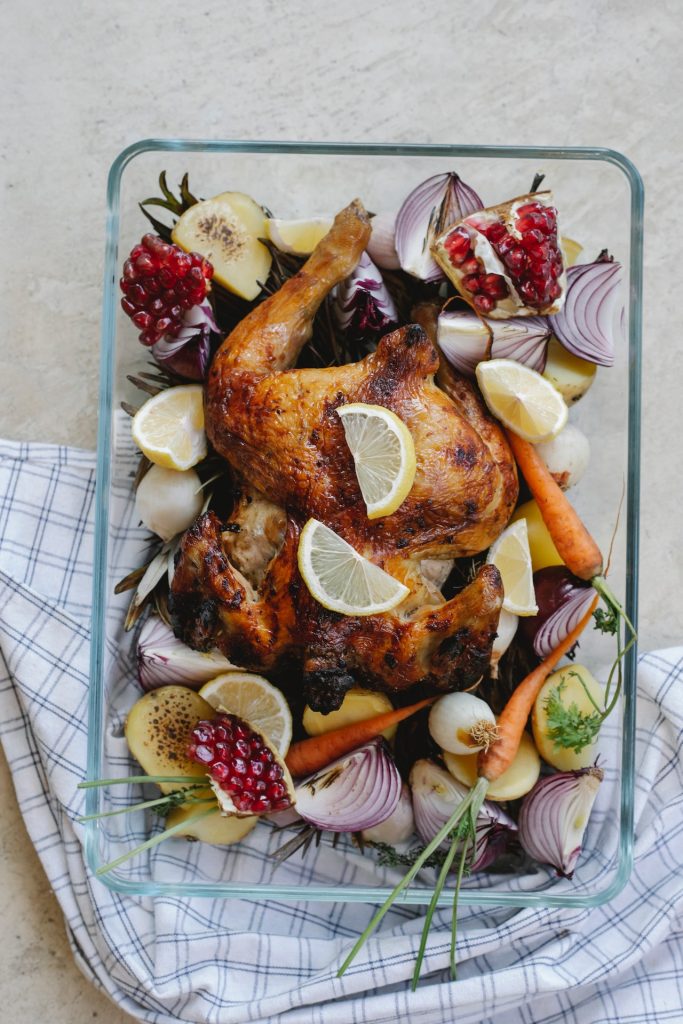The dish known as tartiflette originates from Savoy in the Aosta Valley and the French Alps. Potatoes, reblochon cheese, lardons, and onions are used to make it. You might also incorporate a little white wine.
The name “tartiflette” was coined in the 1980s by the Union Interp, and it is most likely derived from the local word for potato, tartifl.
It’s quite easy to prepare tartiflette. Par-boiling some potatoes is the first step. There are certain recipes that call for cooking the potatoes in the casserole from raw, however doing so can result in the terrible circumstance where the potatoes on the outside of the dish are soft and tender while the ones on the inside are still undercooked. Par-cooking them ensures uniform doneness all around. Additionally, it enables you to season the potatoes by liberally salting the cooking water and infusing them with extra spices like thyme.
The next step is to sauté some lardons (little quarter-inch-thick bacon batons), followed by softening onions in the bacon grease and then deglazing it with wine. Toss with potatoes, heavy cream, or crème fraîche (the latter adds a delightful tangy flavor from the cultured dairy), and then heaping rounds of your favourite soft rind cheese on top. I’d strongly suggest using Reblochon, if you can find it; otherwise, any oddball soft-rind cow’s milk cheese will do. Due to the wide variety of excellent cheeses available, each cheese will create a “tartiflette” that accurately portrays its characteristics. A few choices are listed below:
- Taleggio
- Saint-Nectaire
- Préféré de nos Montagnes
- Jasper Hill Oma
- Jasper Hill Willoughby
- Jasper Hill Moses Sleeper

Ingredients
- 1kg Yukon Gold potatoes
- Salt
- 3 fresh thyme stems
- 115g thick-cut bacon, cut into 1/4-inch lardons
- 1 to 2 tablespoons unsalted butter, only if needed
- 2 medium-sized yellow onions, thinly sliced
- Freshly ground black pepper
- 1/2 cup (120ml) dry white wine
- 1/2 cup (120ml) heavy cream or crème fraîche
- 450g Reblochon-style soft-rind cheese
Directions
- Cut potatoes into 1/2-inch-thick rounds after peeling. Cover the potatoes in a big pot with cold water. Add thyme, generously salt, and simmer gently for a few minutes over medium heat. About 25 minutes of cooking time at a low simmer will get the potatoes just soft enough to puncture with a paring knife. Remove thyme, rinse potatoes, put them back in the saucepan, and leave aside.
- Oven temperature should be set to 350°F (175°C) with the rack in the middle position. Cook bacon until fat renders in a 10-inch cast iron or stainless steel skillet set over medium-high heat. Reduce heat to medium-low and simmer, turning periodically, for about 5 minutes, or until most of the fat has rendered and the bacon is cooked but not crispy. If there is too much rendered fat, remove it all except for 1/4 cup (60 ml); if the bacon is lean and doesn’t release much fat, add 1 to 2 tablespoons (15 to 30 g) of butter. Add the onions, season with salt and pepper, and simmer, turning often, for about 8 minutes, or until the onions are softened but not browned.
- White wine should be added and heated while stirring for 1 to 2 minutes, or until almost all boiled off. Scrape the bacon-onion mixture into the pot with the potatoes and stir gently to incorporate.
- Scrape potato mixture into a 3-quart (3L) baking dish or cast-iron skillet. Pour in the cream or crème fraîche (the latter is thicker, so you can dollop it around in that case).
- Slice the cheese into 1/2-inch thick slabs. You can achieve this by cutting the cheese wheels in half to produce half-moons, halving them through the equator, or slicing them crosswise into thick planks. Place the cheese on top of the potatoes, rind side up. Place the skillet or baking dish on top of a rimmed baking sheet and bake for 40 minutes, or until the cheese is melted and bubbling and the top is gently browned.
- Serve by ladling individual serving plates with tartiflette after scooping it out of the skillet or baking dish.
